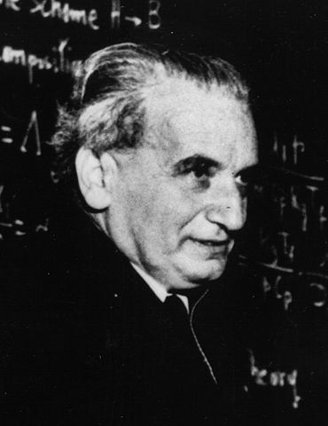Last Sunday, billionaire British businessman Richard Branson flew to space. Says so here, on the CNN website: “Virgin Galactic founder Richard Branson successfully rockets to outer space.” Branson, along with three Virgin Galactic employees and two pilots, climbed to about 55 miles altitude in the rocket-powered winged plane “SpaceShipTwo.” It actually flew from about 45,000 feet after detaching from the mothership, “WhiteKnightTwo.” After the engine shut off, the passengers unbuckled and floated in free-fall for four magic minutes.
So why did CEO Bob Smith of rival Blue Origin, Jeff Bezos’ sub-orbital rocket company, tweet, two days before Branson’s historic flight, “…none of our astronauts [will] have an asterisk next to their name. For 96% of the world’s population, space begins 100 km [about 62 miles] up at the internationally recognized Kármán line”? Was he saying that Branson and company wouldn’t really be going to space?
From the beginning, New Shepard was designed to fly above the Kármán line so none of our astronauts have an asterisk next to their name. For 96% of the world’s population, space begins 100 km up at the internationally recognized Kármán line. pic.twitter.com/QRoufBIrUJ
— Blue Origin (@blueorigin) July 9, 2021
Oh yeah. Nothing subtle about it. Blue Origin’s New Shepard rocketship goes into space — real space — while Virgin Galactic misses the mark by seven miles, according to Smith. In keeping with the decade-old rivalry between the two companies, the tweet inspired Virgin Galactic test pilot Nicola Pecile to respond, “This pissing contest about the Karman line is so childish that is getting really embarrassing to watch.”
The debate goes back to 1957, when Hungarian-American aeronautical engineer Theodore von Kármán tried to define the boundary of space. Earth’s atmosphere doesn’t, of course, abruptly end — one minute there’s air, the next minute the vacuum of space — but rather the air gets gradually thinner and thinner the higher you go. On top of Everest (five miles up) you can still breathe — just — but at eight miles, about as high as planes fly, you’d soon pass out. Kármán was interested in defining the height at which “aeronautics” ends and “astronautics” starts, for the purposes of international jurisdiction: aircraft fall under a different set of laws than spacecraft. He established the 100 kilometer “line,” later named after him, as an arbitrary and easily remembered number, justifying it by showing that it’s more or less the altitude at which an orbiting satellite can survive for a long time before slowing, descending and burning up.

Theodore von Kármán (1881-1963) at JPL in 1950. Photo: NASA.
Kármán’s hope that 100 km would head off international jurisdiction arguments hasn’t been realized. True, in 1961 the US and former USSR agreed on it as a way of determining where national air space ends and outer space (free to all) begins. But it’s never been universally accepted, and indeed NASA and the USAF define space as starting 12 miles lower, 50 miles above Earth’s surface. Meanwhile the world governing body for aeronautic and astronautic records, the Fédération Aéronautique Internationale (FAI), along with most other bodies outside the US, opts for the Kármán line, 62 miles up. But whether it’s “internationally recognized,” as claimed by Blue Origin, is debatable.
So: did Branson reach space? Depends. He’s a Brit, so you could argue he’s bound by European — that is, FAI — rules. Sorry Sir Richard, no cigar, you didn’t get above the Kármán line. But Virgin Galactic is a US company, so, congratulations, you’re officially an astronaut. Chris Hadfield, retired Canadian astronaut (and International Space Station commander and troubadour) apparently agreed, pinning astronaut wings on Branson when he landed.
The saga will continue, with the planned launch, this Tuesday July 20, of Blue Origin’s New Shepard craft, the 16th flight and the first to have a crew, including Bezos himself. No ambiguity with this one: the planned altitude is 105 km. That’s five kilometers — three miles — above the Kármán line. You know, space.
CLICK TO MANAGE